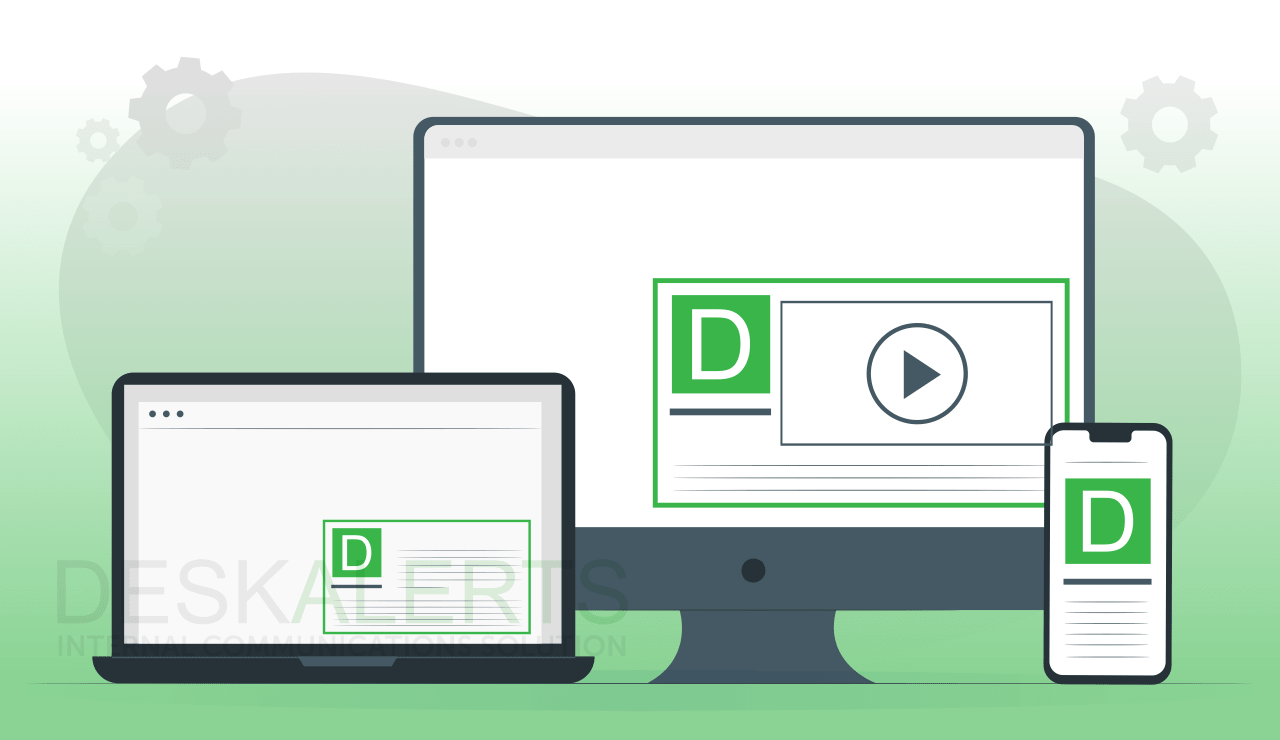Having effective internal communication practices in place in your business helps to ensure that all members of your organization work collaboratively towards common goals. The result of this is improved efficiencies, increased productivity, better customer service and higher levels of staff engagement and satisfaction.
Your organization should have a coherent internal communications strategy which can act as a roadmap, not only to share important information and big announcements, but to build a culture that fosters information sharing and gives you a cohesive unified team dedicated to the company’s long-term success.
If you are looking to improve your internal business communications, firstly take stock of what you are currently doing in this space and determine what you are doing well, what you can do better, and what you need to start doing.
Write it all down in an actionable strategy that is easy for everyone to understand and follow.
These are some of the best ways you can improve internal communications:
- Establish a set of communication principles that apply to your organization. Your internal communication should reflect external communication policies when it comes to your branding and values.
- Ensure that any major projects and policy changes are communicated internally, developing full communications plans as needed.
- Keep information stored in locations that are easy for employees to find and access, for example on your company intranet site.
- Encourage a culture of communication where managers lead by example and “walk the walk” by being open, transparent and accountable. Having an “open door policy” is also a good idea where employees are encouraged to approach managers and ask questions.
- Carry out regular staff surveys. This gives you an opportunity to listen to your staff and find out what is working well and what they would like to improve.
- Encourage teams to have regular meetings where they share their work in progress and update one another on important information.
- Encourage different departments to communicate with and share knowledge with other departments. You may find that you have a number of “silos” in your organization and that work is needlessly replicated or one team has already solved a problem that has confounded another team.
- Set parameters around email usage such as discouraging staff members from hitting “reply all” unless really necessary and use all company emails sparingly.
- Communicate across a range of different internal communication channels, repeating your messages if necessary so you can reinforce important information that you need to share.
- Encourage employees to use enterprise social media channels to share and collaborate.
- Encourage employees to communicate more via face-to-face, phone or video conversations which are often more productive and effective than emails.
- Review your internal communications processes regularly and work to eliminate any weaknesses. You should always strive for continual improvement and excellence.
 Caroline Duncan
Caroline Duncan







